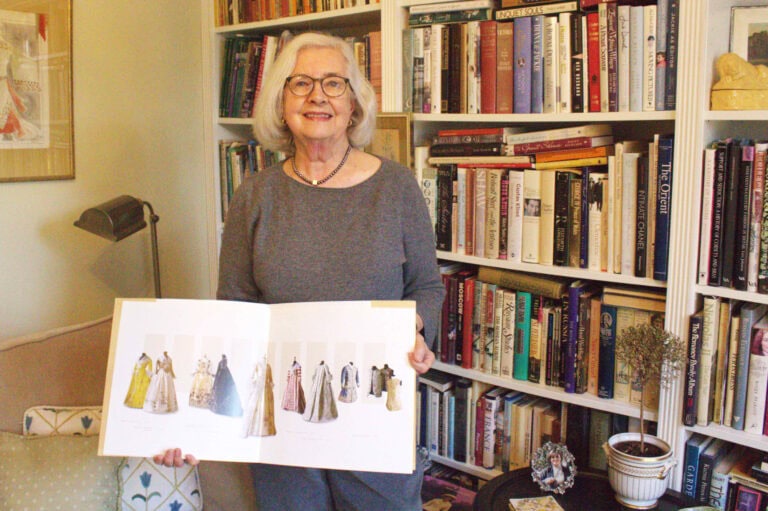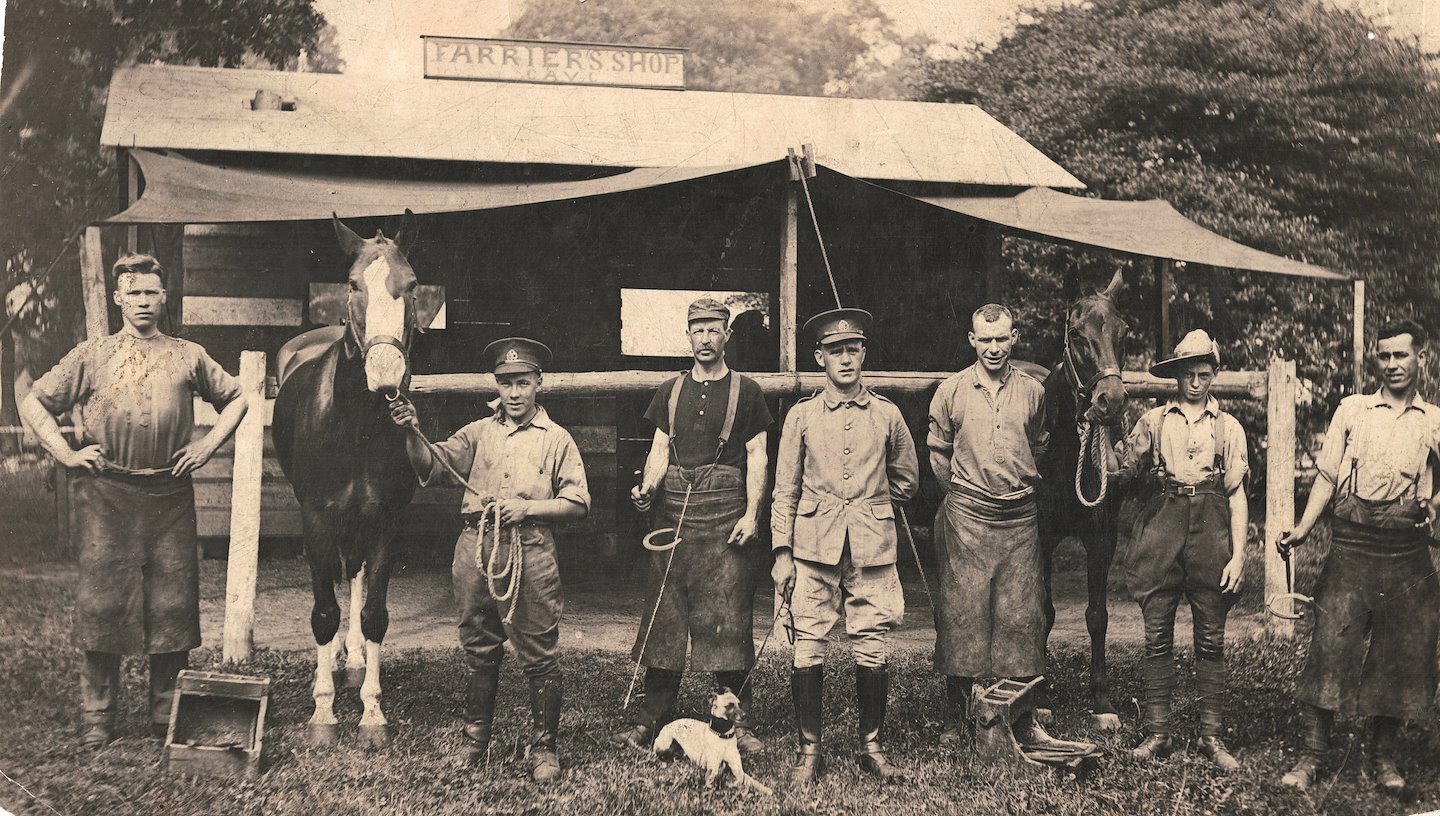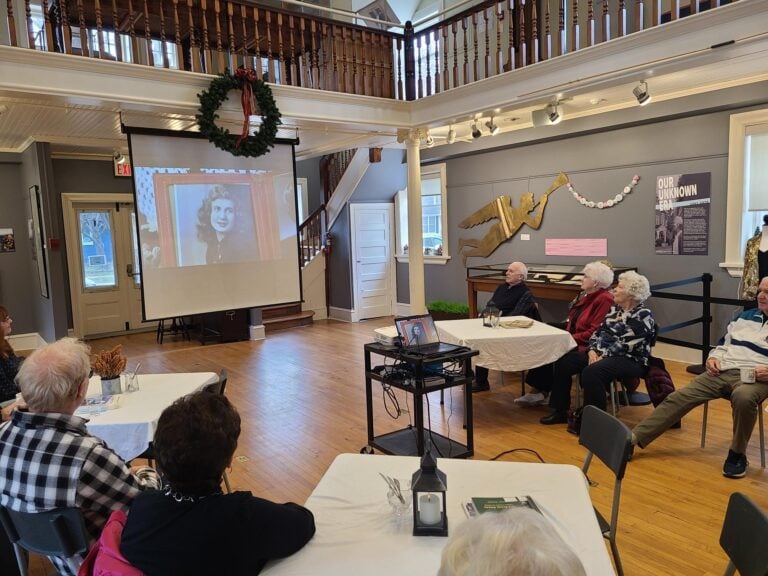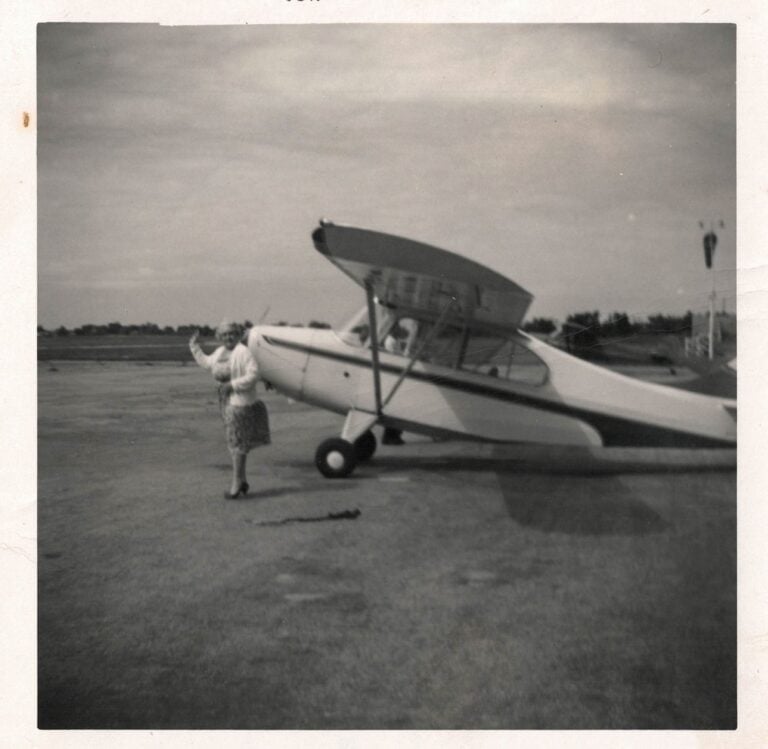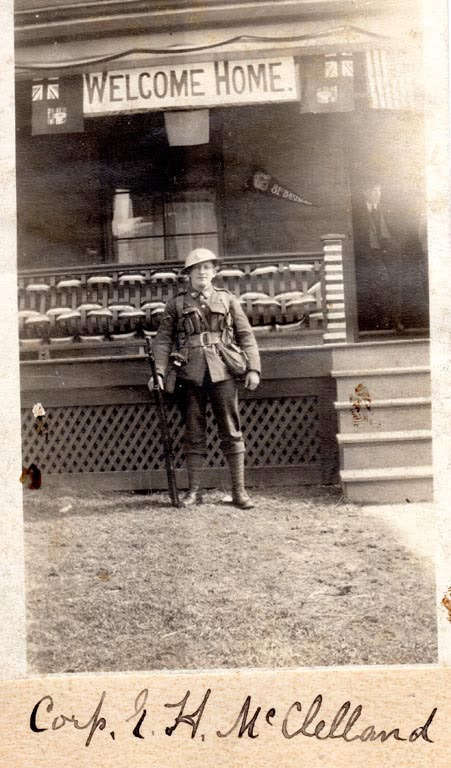During the First World War, horses were an important part of strategic warfare. Farriers, who had to be skilled in both blacksmithing as well as veterinary services, played an important role at the Niagara Camp training grounds. Their tasks included looking after the overall health of the horses, hoof trimming, shoe fitting, watering, as well as the logistics of transporting their furry friends to and from camp. It was their utmost responsibility to ensure the horses could serve effectively during training and later in the battles themselves. Each cavalry squadron had a farrier sergeant to oversee the well-being of their horses.
Field officers in each regiment were required to know how to ride a horse, so anyone interested in the role was tested on occasion. Col. John R. Barber of the Lorne Scotts recalled that on a certain day, when the horses were finished training with their riders, they would then be used to test out new candidates. They would ride the horses at a walking pace through camp towards Fort George and then along the river to Paradise Grove (the forest at Queens Parade and John Street). Once they reached the forest, there was a bugle call that all the horses recognized as a direction to head to the stables for food. You can imagine the chaos that ensued. If the rider could stay on the whole way, then they passed the test.
The purple poppy campaign started in Canada in the early 2000s as a way to honour the animals that also served during warfare. The NOTL Museum’s poppy brigade has included the purple poppies in its project by creating special crocheted ones for the horse carriages and for poppy wreaths for the pet stores in town.
